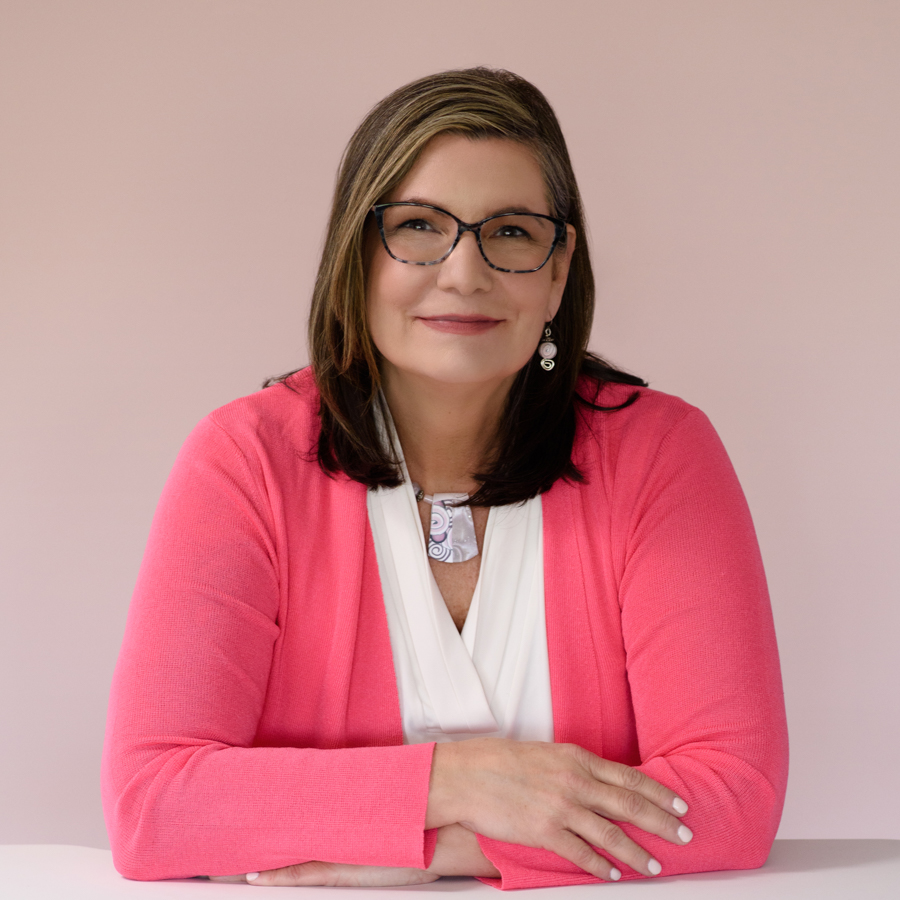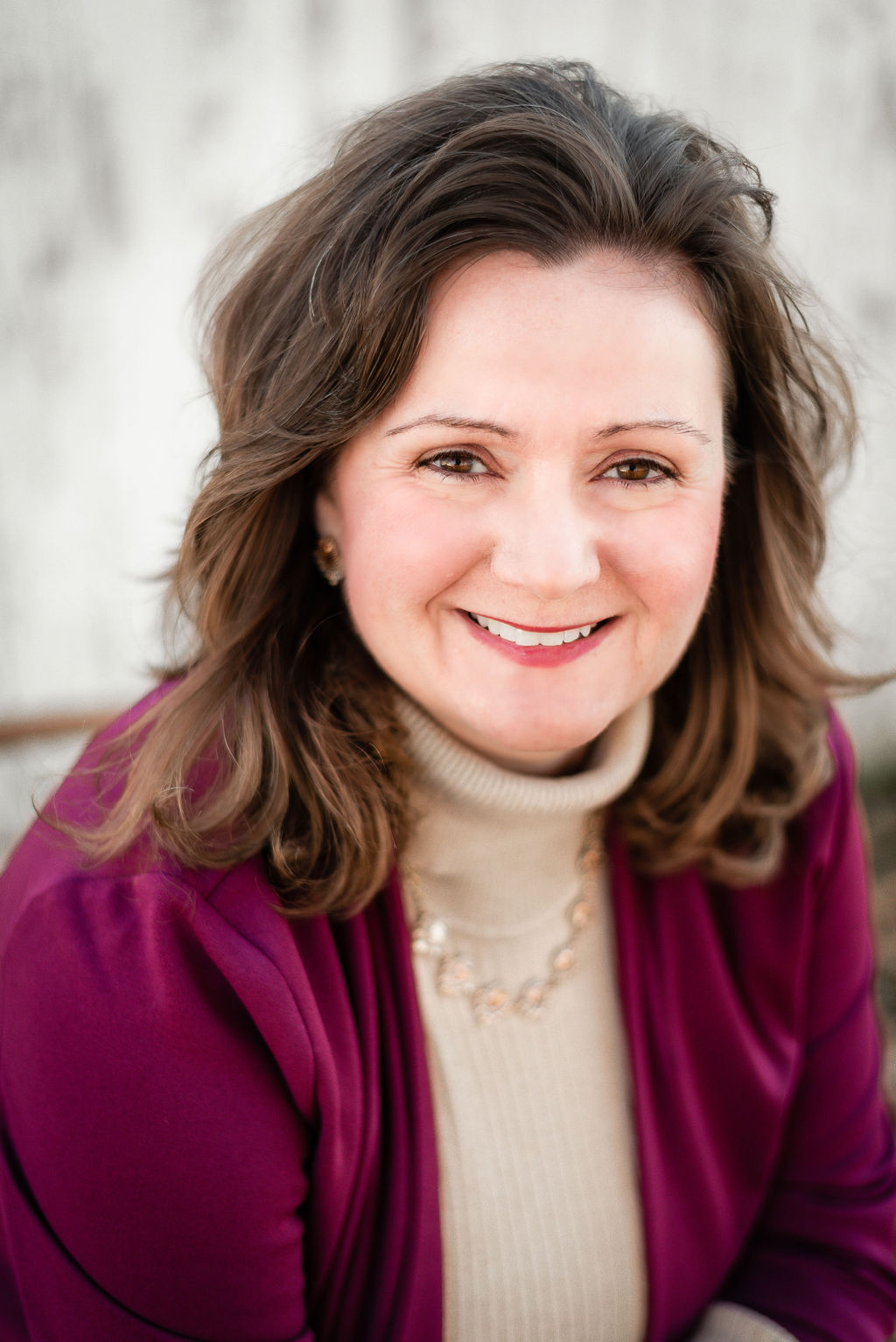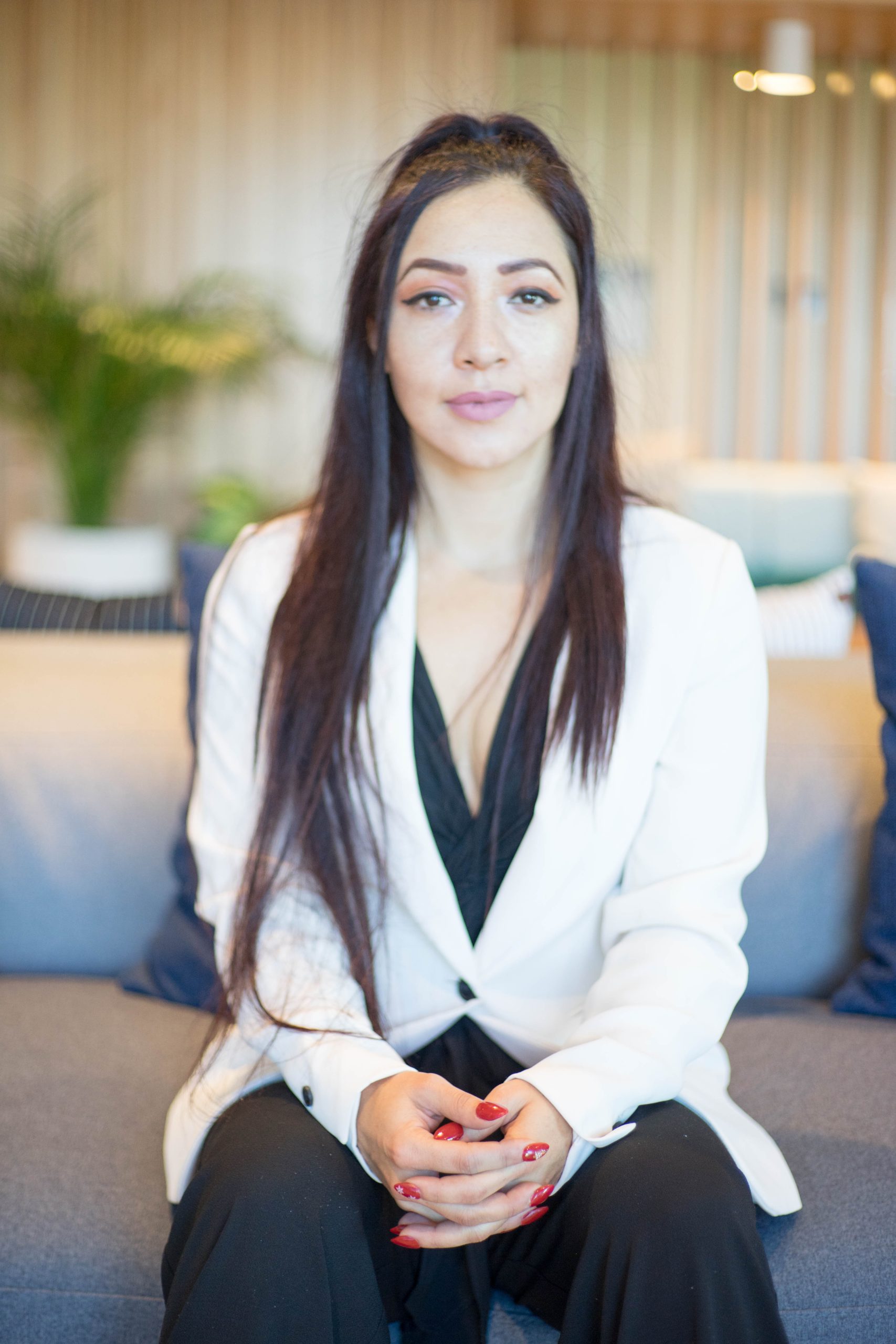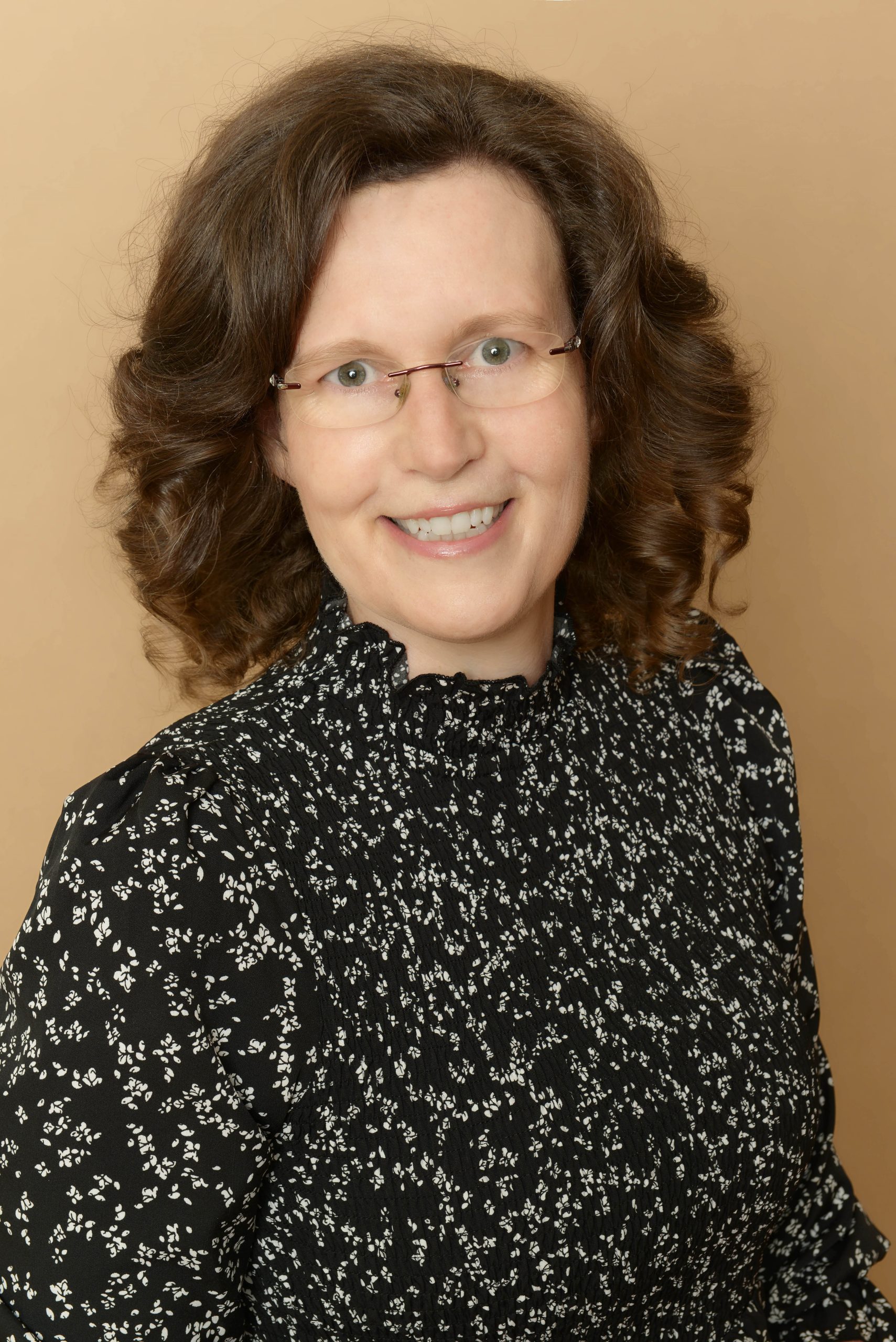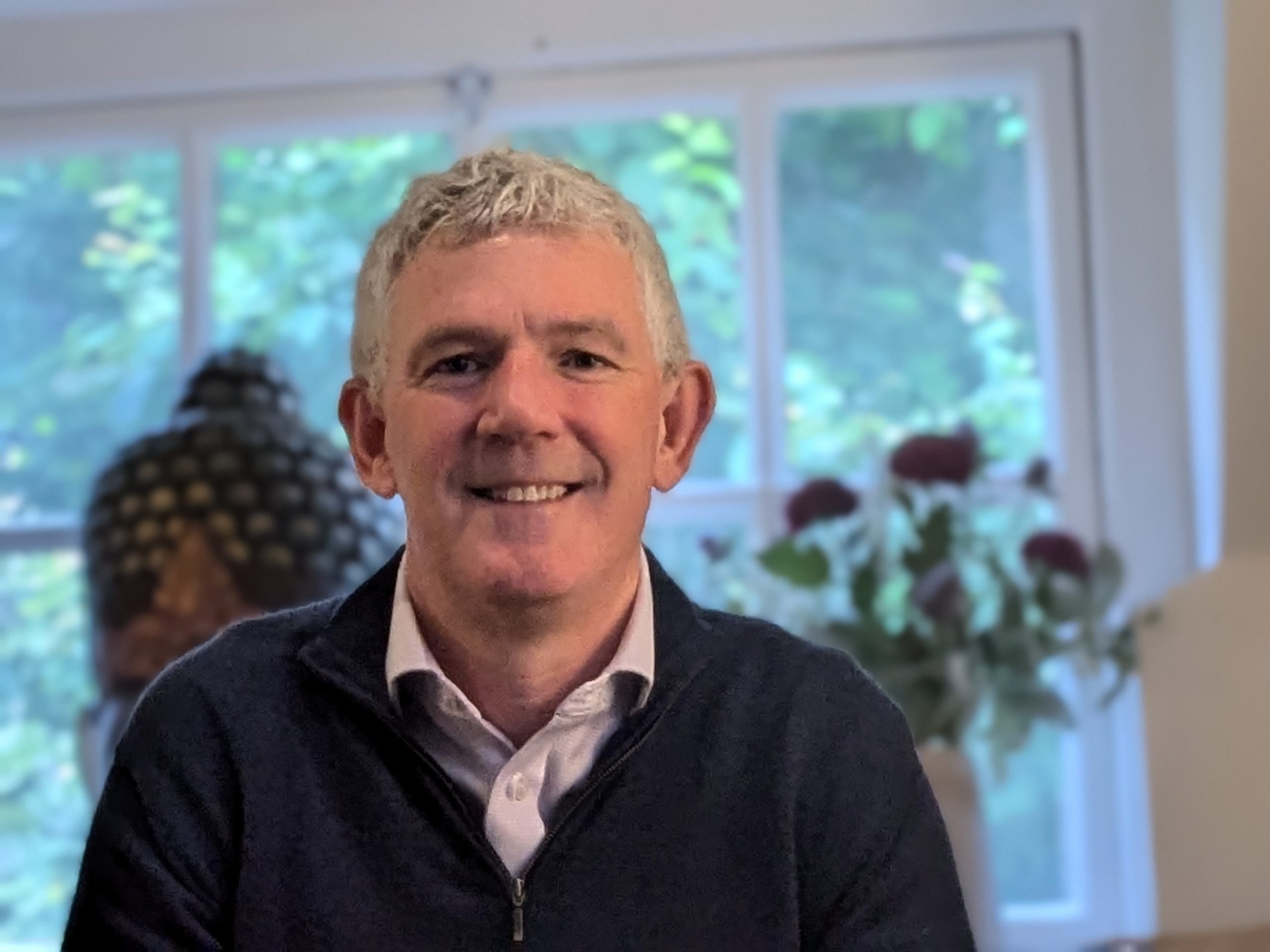Meet Emily Conrad, Co-Founder, and President at Tessellate Studio, a New York-based architectural, exhibit, and experience design studio with roots in technology.
After being a designer/sculptor for over a decade, starting her own design studio was a now or never decision for Emily. She co-founded Tessellate Studio in 2013, where she presently leads a dedicated team of seasoned designers who merge physical and digital worlds in new ways to create a masterpiece for their clients. She emphasizes on the importance of having a co-founder by your side who supports you creatively. According to her, they help you develop ideas and strategy, the best projects to pursue and decide on a certain direction of the company. Together, you can determine the main tenets of the company and how you can create, evolve, and contribute to the society. For her, it was her business partner, Joseph Karadin, who also happens to be an architect who takes care of the physical part of the design.
Emily attended Earlham College as an undergraduate and holds a bachelor’s degree in arts, sculpture, and studio science. Once on a tour of the Whitney Museum, she encountered a bitstream digital media exhibit on display. She was awestruck by the piece and this sparked her interest in technology. Eventually, she enrolled herself in the New York University for a MPS in Interactive Telecommunications to learn about the use of technology in design. Currently, she is an adjunct professor at NYU’s Interactive Telecommunications Program teaching experience and exhibit design.
Talking more about her company, Tessellate Studio focuses on architectural, exhibit experience design. They work with museums, interactive spaces, and businesses that want to develop innovation centers. Their clientele includes recognized names like eBay, Bank of America, National Museum of Mathematics, Savage Kitchen, Balansett, etc. They use the art of storytelling in their design and manifest them into the physical environment. They develop digital toolsets that support these narratives in a media-rich environment and further help convey the stories to the audience. The studio aligns with companies that are unique and are in a way contributing to the betterment of the society. Their “mission is to captivate the audience and produce measured results for their clients”. As the President, Conrad manages the multiple design disciplines including physical, visual, interaction, software, and content design in the company.
Similar to many entrepreneurs, Emily’s desire to contribute to something bigger than herself is the driving force behind Tessellate Studio. This helps her believe in their idea, skillset, and services. She applied her ambition and motivation in the design sphere. Prior to starting the company, she worked at ESI Designs, Johnson and Johnsons, The Lower Eastside Girls Club, etc. Starting her own studio was always on her mind but she moved forward with patience. She gained experience and skill sets for the role over the years through her prior stints at several design companies.
The pandemic has been difficult for Conrad and her company. With work from home and homeschooling the kids, it became chaotic. But it motivated them to look for creative solutions and new ways to make things work. Working remotely has her team flexibility and takes care of their family. She knows it is difficult to maintain focus, structure, and balance in the situation and feels that one needs to be mindful of everyone around them.
Emily believes in being around positive people whose judgment she can rely on. She feels that we need to build relationships with those who are happy in our successes and provide support in the failures. Leaving an inspiring message in this regard for all the budding women entrepreneurs, she says, “As women need to find a network of people who will truly support us and have our best interest at heart”.

